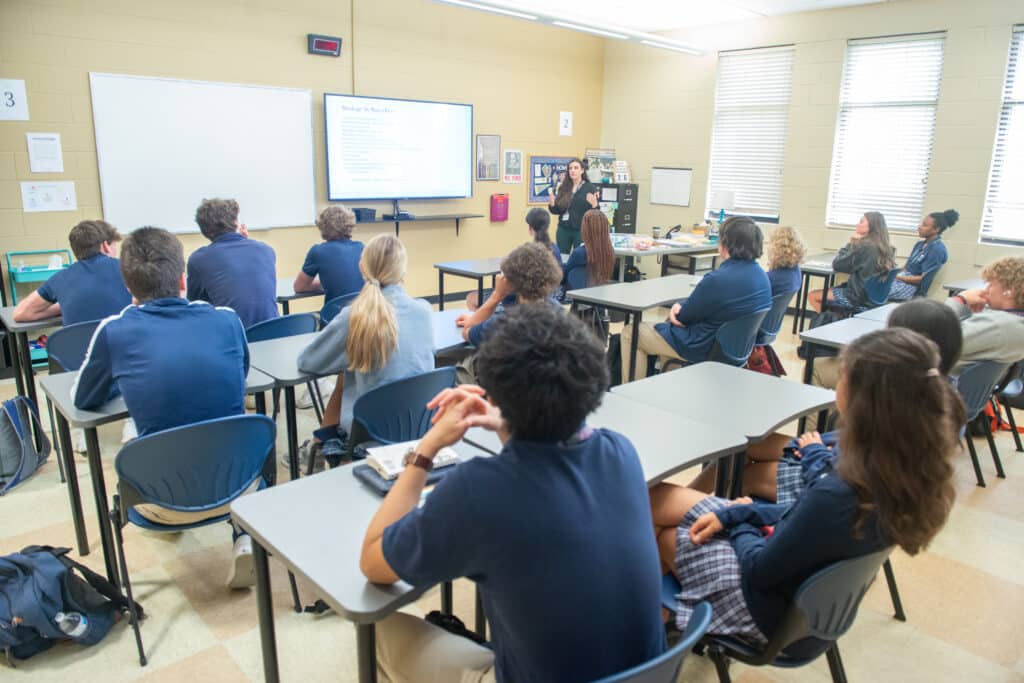
High school is a time of rapid growth and increasing independence, and students’ need for connection and engagement is as strong as ever. Research and experience show that three elements—belonging, significance, and fun—are essential to creating the conditions where students can thrive academically and socially. When these needs are met, students are more motivated to engage, persist through challenges, and take ownership of their learning.
For high school students, belonging often comes from feeling connected to both the classroom and the broader school community. Adolescents are navigating complex social dynamics and developing their identities, so knowing they have a place where they are accepted and valued is essential. Belonging is fostered when teachers greet students by name, reference their interests in class discussions, and create structures—such as Advisory meetings, small-group projects, or collaborative activities—that ensure every voice is heard. Visible inclusion of diverse perspectives in curriculum and activities reinforces the message: This is our space, and what we do here matters.
In high school, significance means students understand that their ideas, work, and actions contribute to the success of the class and community. Teens are more motivated when their learning connects to real-world goals and personal aspirations. Teachers can build significance by inviting students to lead portions of a lesson, contribute to school events, or help shape project topics. Recognizing and celebrating both academic progress and positive contributions—such as mentoring younger students or offering constructive feedback to peers—signals to students that their presence makes a difference. When high schoolers feel their efforts matter, they are more willing to challenge themselves and take ownership of their learning.
For teenagers, fun is closely tied to engagement and a willingness to participate. In the high school classroom, fun can come from spirited debates on relevant issues, simulations that bring academic concepts to life, or group challenges that combine competition with collaboration. Short, energizing breaks, opportunities for appropriate humor, and moments to celebrate milestones keep the atmosphere lively and connected. Fun also extends beyond the classroom: pep rallies, spirit days, and shared extracurricular activities deepen relationships and build school pride. When students associate learning with enjoyment and connection, they are more likely to stay focused, take risks, and persevere through challenges.
In high school, belonging, significance, and fun influence one another in powerful ways. A strong sense of belonging gives adolescents the security to express their opinions, take academic risks, and try new roles without fear of judgment. When students feel significant, they are more likely to participate in discussions, take on leadership in group projects, and contribute to school activities, which often creates shared moments of fun and connection. Fun—whether it’s a lively class debate, a successful performance, or a shared laugh during a challenging lesson—strengthens peer relationships and builds trust between students and teachers. Together, these elements create a learning environment where teens are engaged, motivated, and willing to work hard toward academic and personal goals.
High school educators can intentionally weave belonging, significance, and fun into daily practice by:
When high school students experience belonging, significance, and fun every day, they are more likely to meet academic goals and to develop the confidence, resilience, and social skills that will serve them long after graduation.